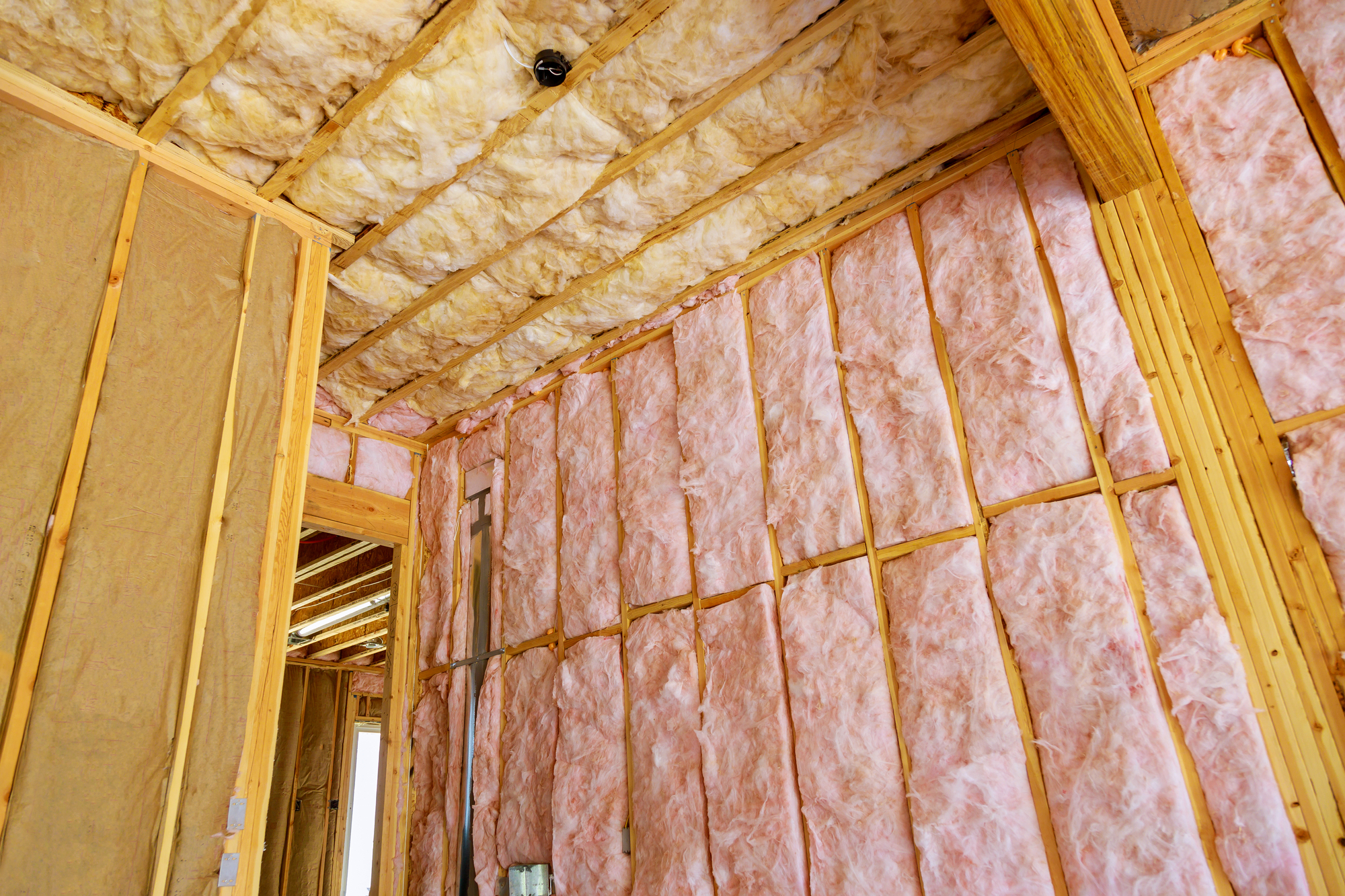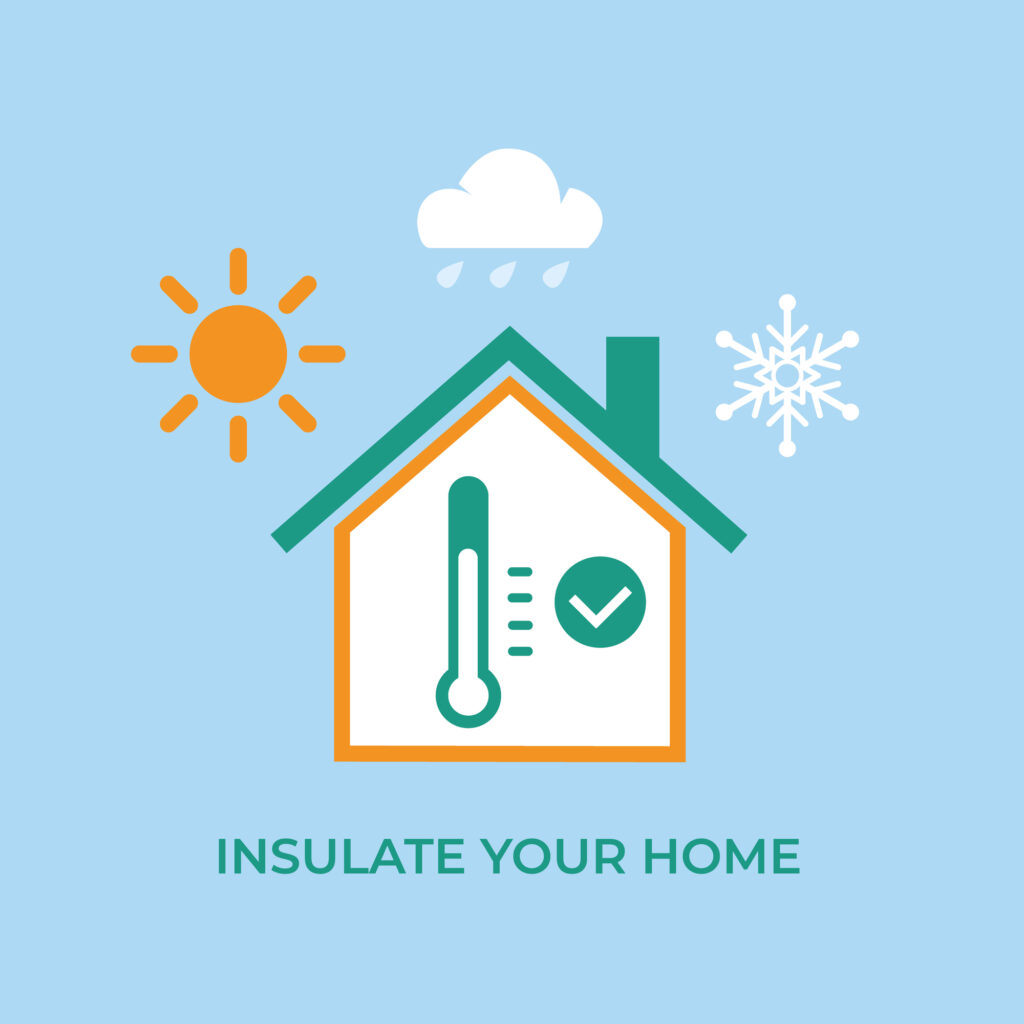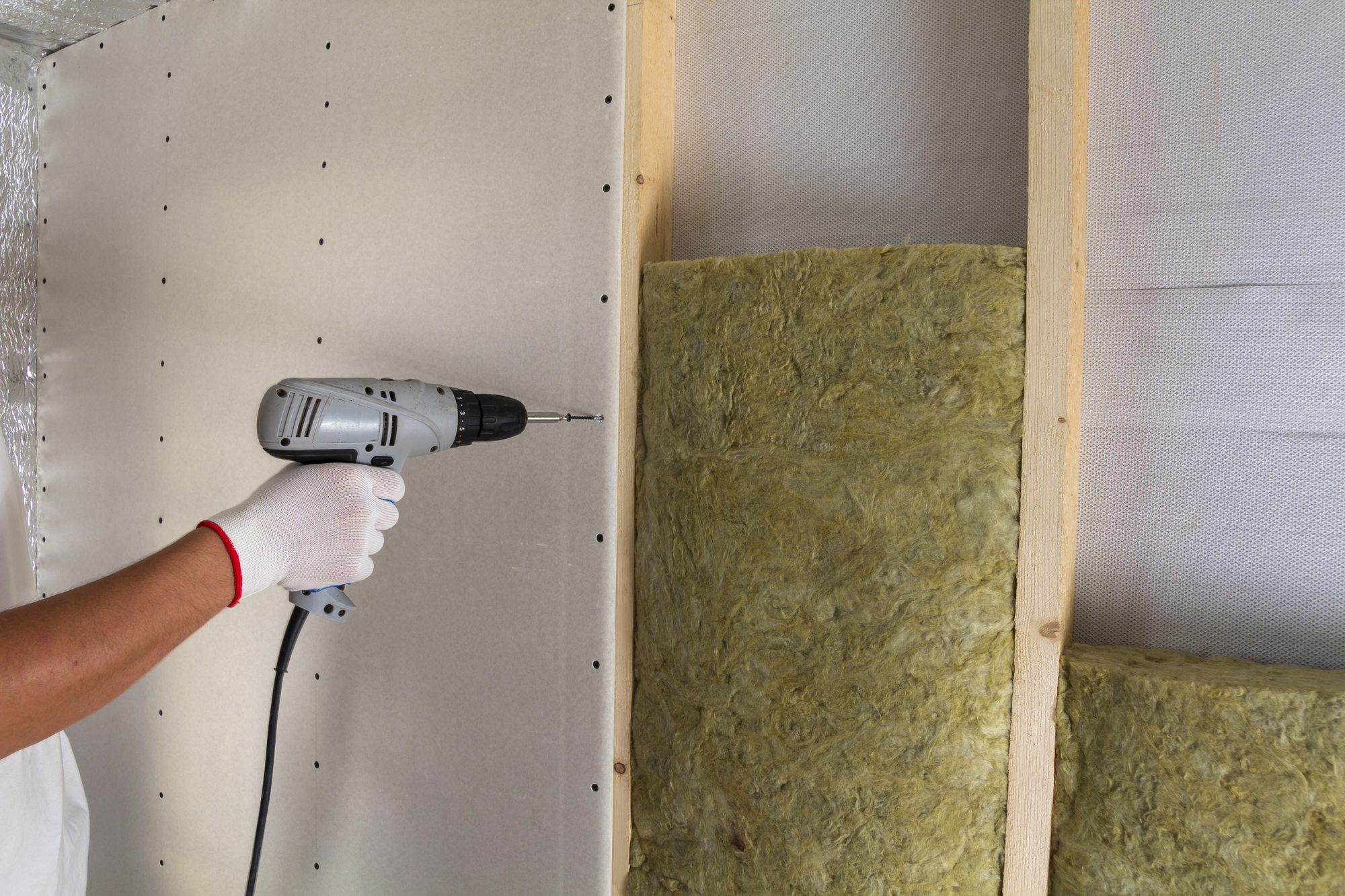Insulation upgrades can significantly benefit small business owners and real estate investors by reducing energy costs, improving heating and cooling efficiency, and increasing property value.
When deciding whether to upgrade insulation, one variable to consider is the age of the home. Modern homes built within the past five years are typically built to current construction and energy standards and have not endured years of wear and tear. Any cracks, gaps, or air holes can reduce insulation effectiveness by as much as 50%, making it essential to fix them before installing insulation. Insulating the attic is also an excellent idea as it helps reduce heating and cooling costs and prevents warm air from escaping or negatively impacting air circulation and quality.
Investing in insulation upgrades is a win-win-win situation for small business owners and investors. Properly installed insulation can help retain tenants, reduce energy costs, maintain property value, and prevent buildings from deteriorating in quality or falling into disrepair. Read the full article:
American Humourist Evan Esar once famously said, “Success is the good fortune that comes from aspiration, desperation, perspiration and inspiration.” Although Mr. Esar was likely not speaking about entrepreneurs such as yourself, loyal Canadian Real Estate Wealth reader, he may as well have been.
According to Statistics Canada, our economy is bolstered overwhelmingly by small businesses. In fact, as of December 2021, there were 1.21 million employer businesses in Canada. Of these, 1.19 million, 97.9% were small businesses. This means that the Canadian small business owner plays a pivotal role in the vitality and viability of our economy.
While Esar’s point about success as a result of aspiration, desperation, perspiration and inspiration is well-founded, the Canadian small business owner must weigh all projects, tempering all of those with a cost-benefit analysis.
To make that a little bit easier for all of our Canadian investor-clientele, we offer you some information to help make that decision-making a little more informed, and thus streamlined.
In this piece, we’re going to look at things through the investor lens and try to food for thought as you navigate through what renovations and upgrades make the most sense and provide a good return on investment.
Show Me the (Grant) Money
In terms of retrofits eligible for government grants, the name of the game is the Canada Greener Homes Initiative. The Government of Canada website speaks to the Canada Greener Home Grant.
While this is a nationwide grant program, its administration and application process varies from province to province, so if you’re considering applying (and the most savvy investors should!) please ensure that you review the requirements for the province in which the real estate investment is located.
In Ontario, the Canada Greener Homes Grant is co-delivered by Natural Resources Canada and Enbridge Gas in Ontario under the Home Efficiency Rebate Plus (HER+) program. “Grants are provided to eligible homeowners for recommended and eligible retrofits such as home insulation, windows and doors, heat pumps and renewable energy systems.”, notes Natural Resources Canada.
According to the web information, there are grants available from $125 to $5,000 to recoup a portion of your costs for eligible home retrofits. Homeowners may also be eligible to receive up to $600 towards the total contribution of your pre and post-retrofit EnerGuide evaluations. Before shelling out any of your hard-earned cash on an expense, we recommend that you review the eligibility, preclusions and exclusions thoroughly to minimize bureaucratic roadblocks.

Insulation 101
The unit of measurement for insulation’s efficacy is the term R-value. The R-value assesses the insulation’s ability to resist conductive heat flow.
There’s no difficult math involved as often the R-value can be founded printed on the package or label. It’s the total thickness that matters, so factor in the depth of the existing insulation. Also, by layering insulation on top of another unit of insulation, you can double the R-value.
There is no requirement to match what is already present; you can either blown-in cellulose or fibreglass.
From an energy-saving standpoint, both net out about the same as long as you install the insulation at the recommended depths as listed on the package to achieve the required R-value for your investment asset.
However, the industry preference is for cellulose. It effectively utilizes recycled paper. More importantly, this type provides superiorrequires more energy. Additionally, home improvement experts often complain that working with fibreglass is bothersome in cases where modification is required as it doesn’t offer the flexibility that cellulose does.
Should I Upgrade the Insulation?
One variable when an investor is making this decision is the age of the home. Often modern homes—those built within the last 5 years– are built according to current construction and energy standards. Furthermore, they have not endured the years of abuse that an older home may have gone through.
Additionally, you may cut down on energy waste and lessen your heating and cooling costs. Remember that any cracks, gaps, air holes, or compression can reduce the effectiveness of your insulation by as much as 50%, so look for them and fix them when you install your insulation.
Insulating the Attic: The recommended level of insulation for most attics ranges from R30 to R50, depending on your climate. If you’re uncertain, feel free to visit energystar.gov and review recommended R-values to hone in on your specific climate and property type.
Near the centre of the attic, there is frequently a lot of insulation, and typically much less along the attic edges, where the slope of the roof meets the walls. Avoid the temptation of piling insulation around the interior perimeter of the attic. This common mistake often results in the obstruction of the soffit vents. These are apertures or openings, on the outside that let in fresh air at the base of the roof. The function of a soffit is primarily two-fold; to keep the attic from growing musty and to keep the air above the insulation cool in the winter with the purpose of avoiding ice damming on the roof.
COST: Although the cost can vary greatly depending on the age, size and accessibility of your attic, a good measure of the expense involved for the material is $2 to $8 per square foot or about $2,000 per project.
BENEFIT: Despite the environmental benefit, there’s a financial benefit, particularly if you cover the cost of the utilities of your investment property. Ensuring your asset is appropriately insulated, and not overlooking the attic, can help to resolve higher heating and energy bills, be they concerns of your or your tenants.
A poorly insulated attic will not only allow warm air to escape but can negatively impact air circulation and quality. The intrinsic value, if your tenants pay for their own utilities, is in the relationship management associated with keeping A+ tenants and having them regard you as an A+ landlord.

In Conclusion
Keep your assets’ rooms cool in the summer and warm in the winter by properly insulating the interior and exterior walls. Properly r-valued and installed insulation is one of the single best ways to improve skyrocketing energy consumption and retain good tenants. By investing in your asset, you’re preventing it from deteriorating in quality or falling into disrepair. The old adage, “an ounce of prevention is worth a pound of cure’ really rings true here. Thus, investing in insulation is a win-win-win for investors.
Heather McDowell is a mother and a REALTOR®. Heather has spent most of her real estate career selling residential real estate, and its leasing and has dealt with the additional complexities of the cottage, timeshare and rural properties, and condominiums. She has dabbled in new construction and is expanding her portfolio to include commercial sales and leasing. Heather is also a dedicated volunteer for both the local women’s shelter and a national hospice organization and is an emerging playwright.
Heather describes her focus as diversifying real estate content that not only addresses national matters but explores those issues unique to each province and territory.
You can contact Heather at heather@crewmedia.ca or find her on socials at:
Facebook – https://www.facebook.com/thestoreytellingcompany/
LinkedIn – www.linkedin.com/in/heather-mcdowell-98134118b
Instagram – https://www.instagram.com/hmcdowellrealty/








